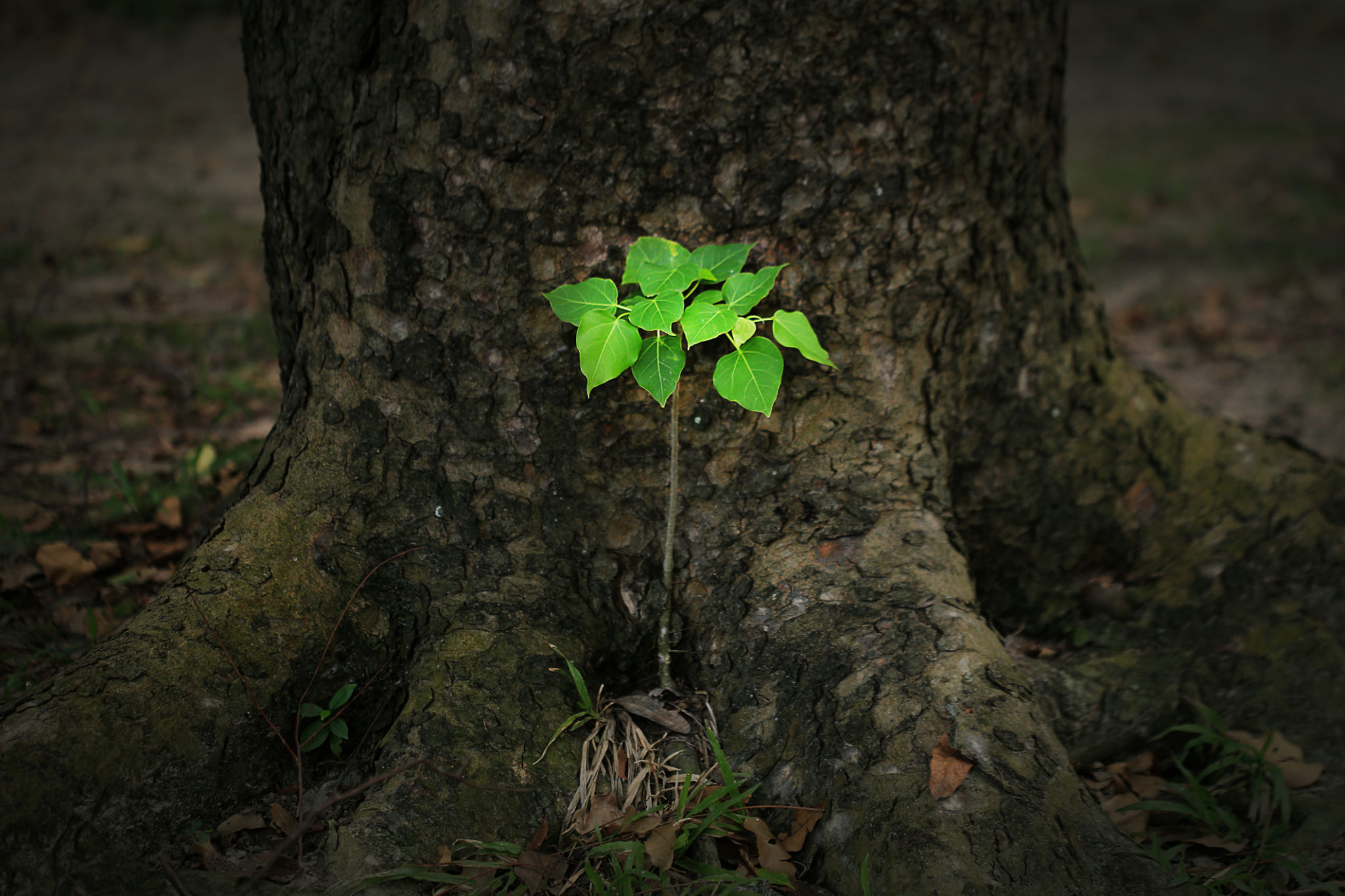How to Prepare Your Trees for Severe Weather in Texas
Understanding the Importance of Tree Preparation
Texas weather can be notoriously unpredictable, with severe storms and strong winds posing significant threats to both property and vegetation. Ensuring your trees are prepared for such conditions is critical in minimizing potential damage. Proper preparation can help protect not only the trees themselves but also your home and surroundings.
Healthy, well-maintained trees are more likely to withstand the challenges posed by severe weather. By taking proactive steps, you can enhance their resilience and reduce the risk of falling branches or uprooted trees that could lead to property damage or personal injury.

Assessing Tree Health
Before severe weather hits, it's important to assess the health of your trees. Look for signs of disease or decay, such as dead branches, discolored leaves, or fungal growths. These issues can weaken a tree's structure, making it more susceptible to damage.
Consider hiring a professional arborist to conduct a thorough inspection. They can identify potential hazards and offer advice on how to address any problems. Regular assessments ensure that your trees remain robust and less vulnerable to high winds or heavy rain.
Pruning for Protection
Pruning is a crucial step in preparing your trees for severe weather. By removing dead or weak branches, you reduce the risk of them breaking off during a storm. This not only protects the tree but also helps safeguard your property from falling debris.

When pruning, focus on thinning out dense areas of the canopy. This allows wind to pass through more easily, reducing the likelihood of the tree being uprooted. Be sure to use proper pruning techniques to avoid causing unnecessary stress or damage to the tree.
Securing Young and Vulnerable Trees
Younger trees and those with shallow root systems are particularly vulnerable to severe weather conditions. To protect them, consider staking these trees securely using flexible ties that allow for some movement. This helps prevent breakage while encouraging the development of a stronger root system.
Mulching around the base of these trees can also provide additional stability. A layer of mulch helps retain soil moisture and insulates the roots, promoting healthy growth and resilience against environmental stressors.

Regular Maintenance and Monitoring
Regular maintenance is key to ensuring your trees remain healthy and resilient. This includes consistent watering, especially during dry periods, and fertilizing as needed to promote vigorous growth. Keeping your trees well-nourished strengthens their ability to withstand adverse weather conditions.
After a storm, inspect your trees for damage. Look for broken branches or signs of stress and address any issues promptly. Continuous monitoring allows you to take timely action, reducing long-term damage and maintaining the health of your trees.
Creating a Storm-Ready Landscape
In addition to individual tree care, consider the overall layout of your landscape. Positioning trees away from structures and power lines minimizes risk in the event of a fall. Select tree species known for their wind resistance when planting new additions to your yard.
By creating a storm-ready landscape, you not only protect your property but also contribute to the overall safety and aesthetic appeal of your environment. Thoughtful planning ensures that your outdoor space remains a haven even in the face of severe weather.